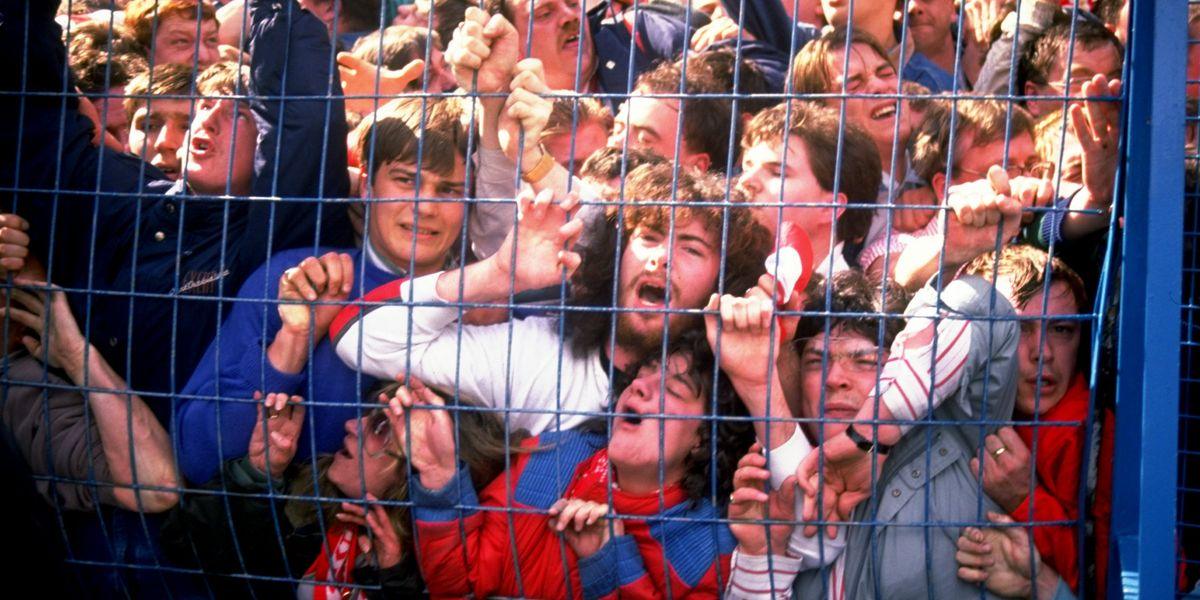The Tragic Hillsborough Disaster: A Reflection

Importance of the Hillsborough Disaster
The Hillsborough disaster, which occurred on April 15, 1989, during an FA Cup semi-final match between Liverpool and Nottingham Forest at the Hillsborough Stadium in Sheffield, is one of the most tragic events in British football history. The tragedy claimed the lives of 96 Liverpool fans and resulted in thousands more enduring physical and psychological injuries. The implications of this event have resonated throughout the decades, influencing not only football fans but public safety legislation and emergency response protocols across the UK.
The Events of the Day
On that fateful day, over 50,000 spectators were attended a match at Hillsborough. Due to overcrowding in the standing section of the ground, a dangerous crush occurred in the Leppings Lane stand. In spite of urgent calls for help, the response was hampered by inadequate crowd control measures and emergency services’ delayed actions. Tragically, 96 fans were lost to the crush, many of whom were young individuals.
Long-lasting Consequences
The aftermath of the Hillsborough disaster led to multiple investigations, inquiries, and a long legal struggle for the families of the victims. The Taylor Report, published in 1990, made significant recommendations regarding the safety of football stadiums and ultimately pushed for the introduction of all-seat stadiums in the UK, a policy aimed at preventing similar disasters in the future. However, it took many years of fighting for justice before the families received a form of recognition and accountability, culminating in the 2016 inquests that ruled the 96 had been unlawfully killed.
Importance of Remembering Hillsborough
The Hillsborough disaster’s legacy continues to shape modern football safety regulations and fan experience at stadiums. Moreover, the annual memorial services held at Anfield serve as poignant reminders, ensuring that the stories of those who lost their lives are never forgotten. The families of the victims remain vigilant, advocating for ongoing reforms and transparency, and highlighting the importance of maintaining safety in sports arenas.
Conclusion
As we reflect on the Hillsborough disaster, it is vital to understand its significance not just as a tragic event, but as a catalyst for change in sports safety. The effects of that day continue to echo, reminding us of the need for vigilance in protecting lives within sporting contexts. It drives the conversation on fan safety, emergency preparedness, and accountability within sporting institutions, ensuring that history does not repeat itself.
